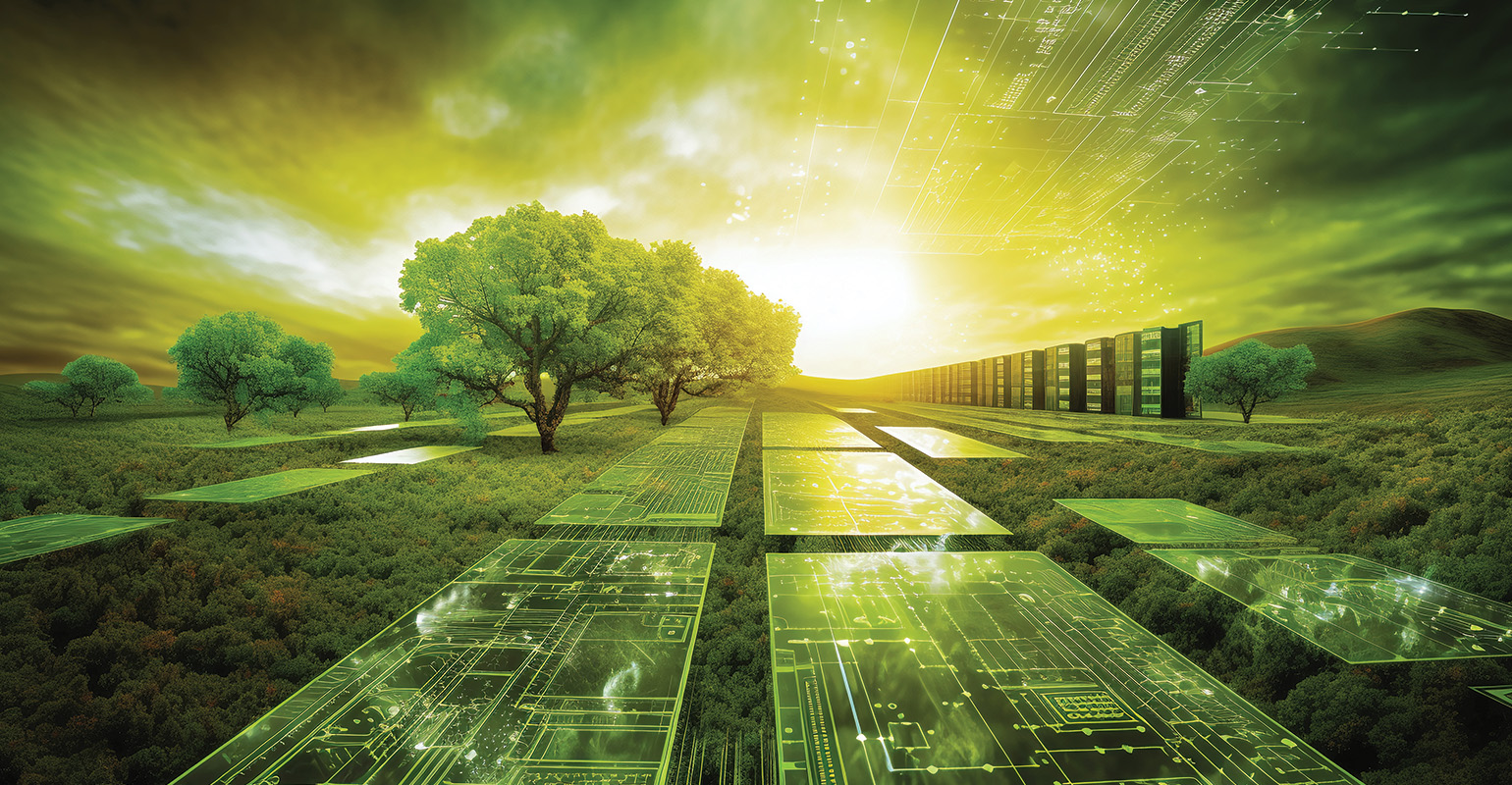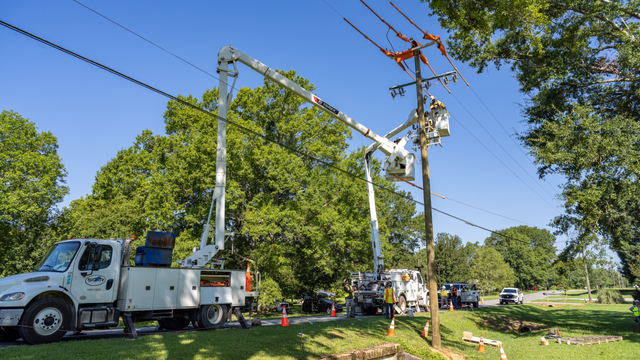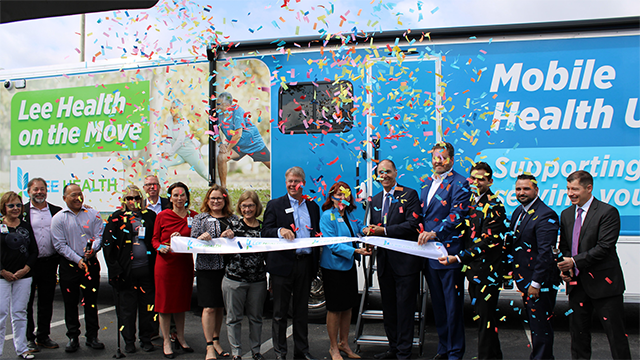According to the US Department of Energy, commercial buildings consume 35% of electricity and generate 16% of all carbon dioxide emissions. On average, 30% of the energy used in commercial buildings is wasted due to system inefficiencies. Given the rapidly growing number of data centers, the infusion of resilient energy solutions would radiate positive impacts worldwide. In some regions, energy demands of data centers may exceed current and future grid capacities. When data centers can no longer rely solely on the traditional power grid, they must seek creative solutions.
To meet the energy demands of your data center in the near and long term, consider the following:
Assess existing infrastructure. During your site due diligence process, identify available power sources and evaluate the cost of building new transmission facilities. Determine if the utility can meet your data center’s needs — and if not, consider alternative solutions that offer independence from the central grid.
Conduct energy capacity and reliability studies. Based on your data center’s unique needs, digital models can be built to predict performance and grid impacts that will inform your site selection, strategize scalability planning and identify necessary transmission line or substation upgrades.
Plan for grid interconnection. Data centers need power, but the interconnection queue is long; faster interconnection time means faster time to market. A comprehensive injection and extraction study can identify appropriate points of interconnection that won’t disrupt schedules or budgets.
Identify substation upgrades. With challenges to accessibility and affordability of energy, building onsite power generation infrastructure gives you more control and flexibility. Whether your facility needs an air- or gas-insulated switchgear or modular substation, proven methodologies can be leveraged to meet current and future needs.
Consider microgrid integrations. Microgrids serve as control centers to seamlessly transition to different types of power generation (such as renewables, combined heat and power, fuel cells and other onsite generators), allowing you to diversify your options for greater resiliency. Microgrids can operate independently from the central grid, allowing mission critical data center operations to continue even during an outage. Off-grid, onsite power generation is even required for grid interconnection in some regions.
Plan for alternative energy. The reality of alternative sources of energy is on the near horizon. Planning now for future adaptability will put you in the front of the line when new sources are available and ready to implement.

Learn more about how to future-proof your data center
Data center owners and developers are setting environmental, social and governance (ESG) goals to actively protect the environment and mitigate climate change impacts. Built-in design benefits prioritize energy, water and resource efficiency, cut operational costs, slash carbon footprints and speed corporate decarbonization. Stay ahead of the net-zero curve by planning and designing sustainable infrastructure for a future-ready data center.






